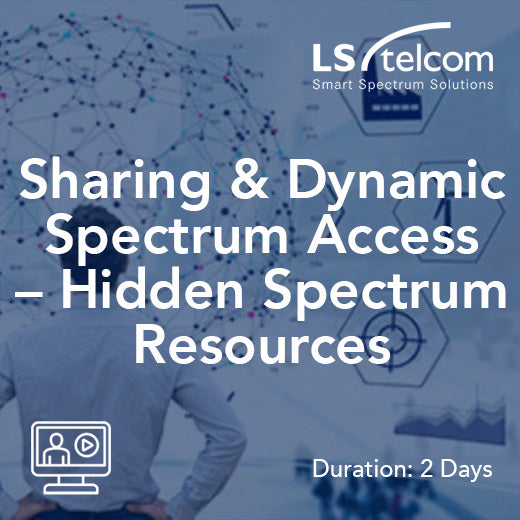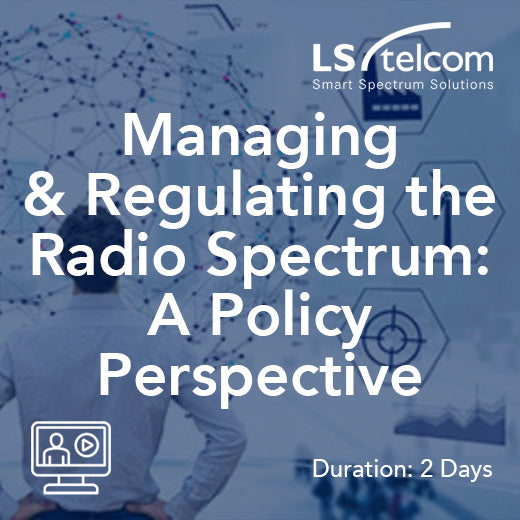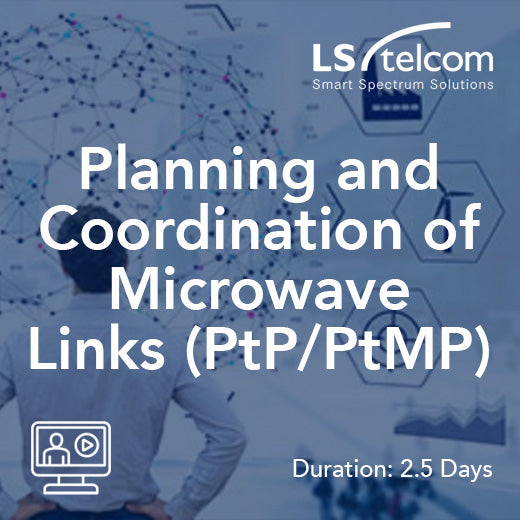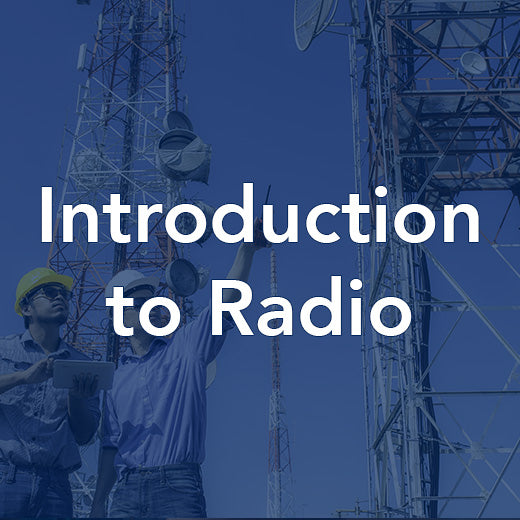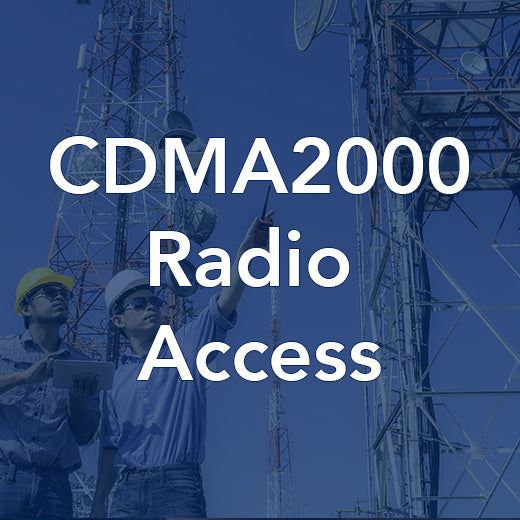5G is now widely deployed across the world initially using the non-standalone configuration, meaning the traffic is being carried over the 5G radio network, but it is passed on to a 4G evolved packet core network. Operators are migrating to a standalone configuration and this evolution will have an impact on the range of features that can be offered to users. One of the main features of 5G is enhanced mobile broadband, but in standalone mode enhancements will instantly become available such as industrial automation, network slicing and much lower latency. This course not only examines the regulatory, operational and commercial challenges of 5G networks migrating from non-standalone to standalone, but also provides a detailed view of how operators have deployed 5G within the range of different spectrum bands and configurations. It explores how improvements can be made as network technologies evolve. It provides examples and exercises which untangle these challenges of 5G network deployment for all the parties involved, and it will enable informed business decisions, and help those involved in 5G to continually benefit from future use and roll-out strategies.
Course Objectives
After completing the course, participants will have a solid grounding in the challenges facing 5G network roll-out and deployment across a range of different scenarios, and will understand the challenges and benefits compared to historical wireless technologies.
Intended for
Those who wish to strengthen their knowledge of 5G technology, or will be involved in deployment, roll-out or use, and who need to understand the challenges and implications of 5G roll-out on their businesses or organizations. This includes governments, local authorities, vertical industries (e.g. energy, transport, education,healthcare, manufacturing or utilities), operators and vendors.
Contents
Understand the complexities of 5G roll out and the roadmap over longer-term deployment
Identify the key challenges in deploying 5G infrastructure and evolutions towards new features in Standalone mode
Examine the likely upgrade costs moving from Non-Standalone to
About LS telcom:
LS telcom is a global leader in technologies and consulting services for efficient radio spectrum use, optimizing spectrum management to ensure reliable, interference-free, and secure radio services. Our portfolio includes consulting, measurement services, and integrated solutions for planning, analysis, monitoring, and managing radio infrastructure.
Serving customers in over 100 countries, including regulatory authorities, network operators, and industries such as transport, utilities, and security, LS telcom operates globally with subsidiaries and offices in locations like Germany, the UK, Canada, India, and the UAE. Headquartered in Lichtenau, Germany, LS telcom AG has been listed on the German Stock Exchange since 2001 (ISIN DE 0005754402).
Read more less


















